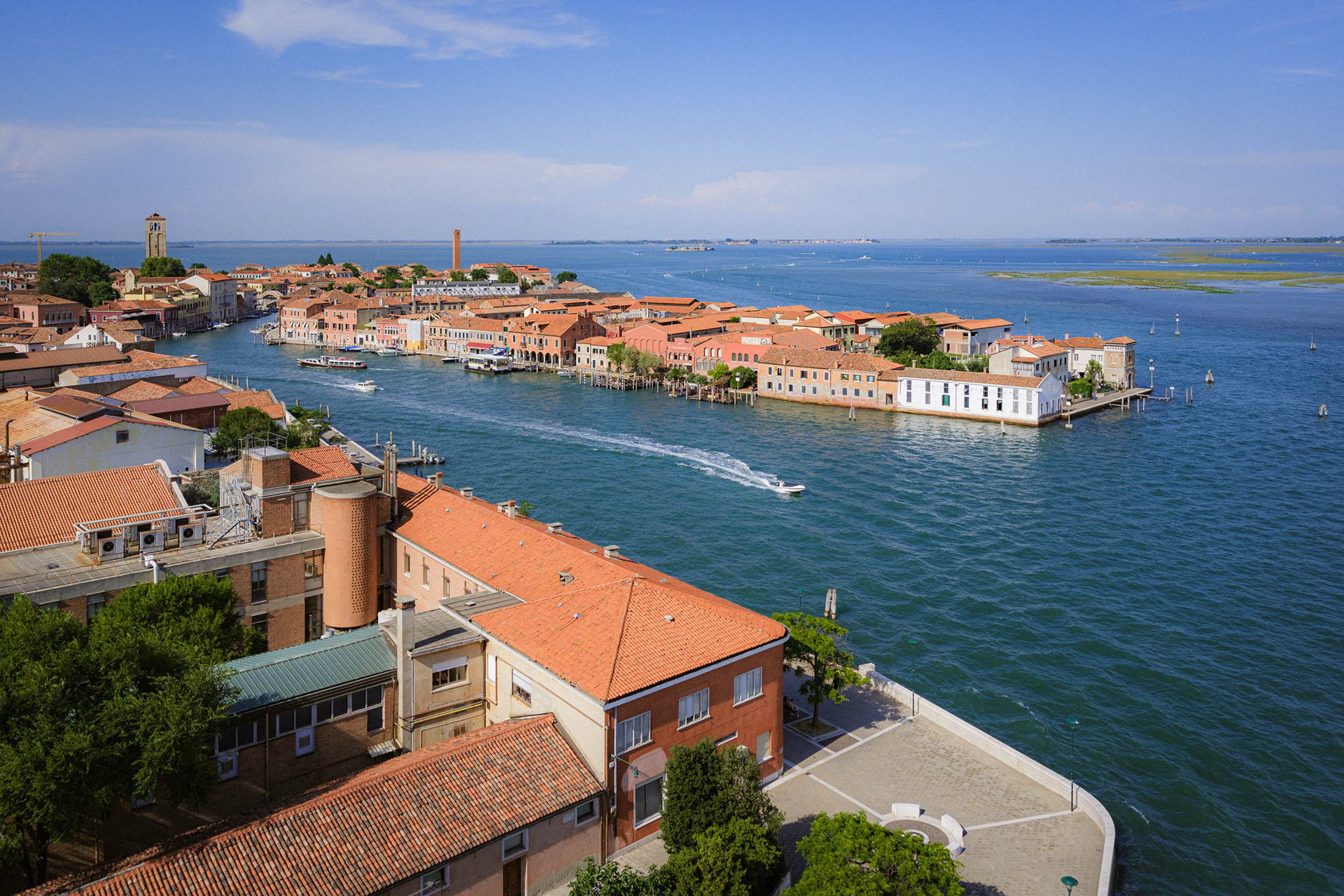A close look at the Sigma 10-18 lens (X mount) for reportage use in Murano, Venice
Photography & Words: Mattia Gaido
July 2025
Photography & Words: Mattia Gaido
July 2025
Thanks to the kind support of Sigma Italia, I had the opportunity to work with the 10-18mm f/2.8 DC DN Contemporary lens during a key phase of my long-term project Perle di Luce (beads of light), dedicated to the world of handcrafted glass beads in Murano. This body of work moves along two narrative lines: on one hand, the close observation of the artisan’s gesture, the hand that creates, manipulates, shapes fire into beauty and, on the other, the cultural and environmental context in which this tradition lives and breathes. In this framework, an ultra-wide-angle lens was not just a technical tool, but a narrative one.
The lens I had is an X-Mount version, and was coupled with a fantastic FUJIFILM X-T5, as I am an X-series shooter since 2016. The lens is also available in L, EF and RF mount options.

Murano, Italy. The clock tower rises from campo Santo Stefano, framed by the handrail of the San Pietro Martire bridge – 1/1000, f. 4.0, ISO 800 – 10 mm
Context and Intentions
Perle di Luce is an ongoing documentary project that explores the world of handcrafted Venetian glass beads on the island of Murano, where an ancient craft still survives through the work of a few dedicated artisans. The project began in 2018, when a close friend invited me to photograph her family’s abandoned glass bead factory: an old conterie workshop that had ceased production decades earlier, yet remained perfectly preserved, like a silent time capsule. That encounter was the spark. Since then, I have returned to Murano and in Venice regularly to deepen this visual journey and to build relationships with the women and men who continue to shape glass in the traditional way.
The project aims to document not only the act of making (the tools, the gestures, the transformation of raw material into luminous form) but also the spaces, atmospheres, and cultural layers that sustain this practice. For this reason, I chose to test an ultra wide angle lens like the Sigma 10-18mm f/2.8, not simply to include more within the frame, but to expand the storytelling perspective. In documentary work, especially when context is essential to meaning, the ability to immerse the viewer in the scene becomes a powerful narrative tool. This lens allowed me to do exactly that, helping me bring the viewer inside the workshops of Murano and into the heart of the story.
A look at the lens
The Sigma 10-18mm f/2.8 DC DN Contemporary is a compact ultra wide-angle zoom designed for APS-C mirrorless systems. Weighing just 260 grams and measuring under 63 mm in length, it is remarkably small for a constant f/2.8 lens, especially one that delivers a field of view equivalent to 15 to 27 mm on full-frame. Constructed with a combination of high-precision plastic and metal elements, the lens strikes an excellent balance between durability and portability. It features a 13-element, 10-group optical design that includes aspherical and low dispersion elements, effectively minimizing distortion, chromatic aberrations, and edge softness even at the widest settings.
While it is often marketed toward landscape photographers, architecture specialists, and content creators looking for immersive perspectives, this lens has much broader potential. In a documentary or reportage setting, it becomes a dynamic storytelling tool. Its wide field of view invites the viewer into the environment, offering context, atmosphere, and spatial relationships without compromising image quality. In confined or visually rich spaces like artisan workshops, markets, or historic interiors, this lens allows you to work close while still conveying the full story.
That is exactly why I chose it for my project. Although ultra wide-angle lenses are typically associated with vast landscapes or geometric cityscapes, the Sigma 10-18 turned out to be a perfect companion for a more intimate, human-centered narrative. It let me move freely, respond to the moment, and shift visual perspective with ease. More than capturing space, it helped me capture the way people live, work, and create within it.
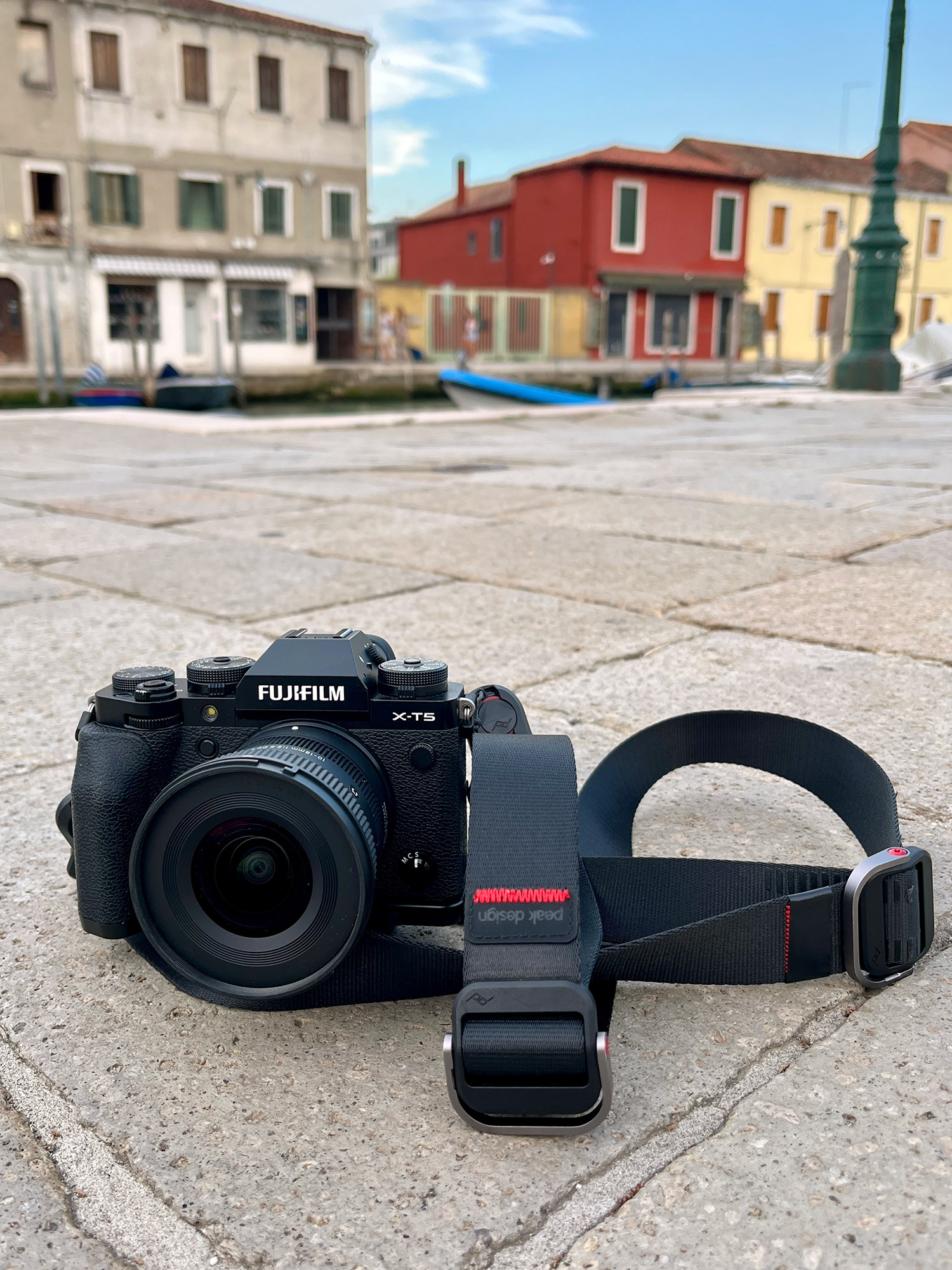
Sigma 10-10 with Fujifilm X-T5, the kit used while shooting those images.
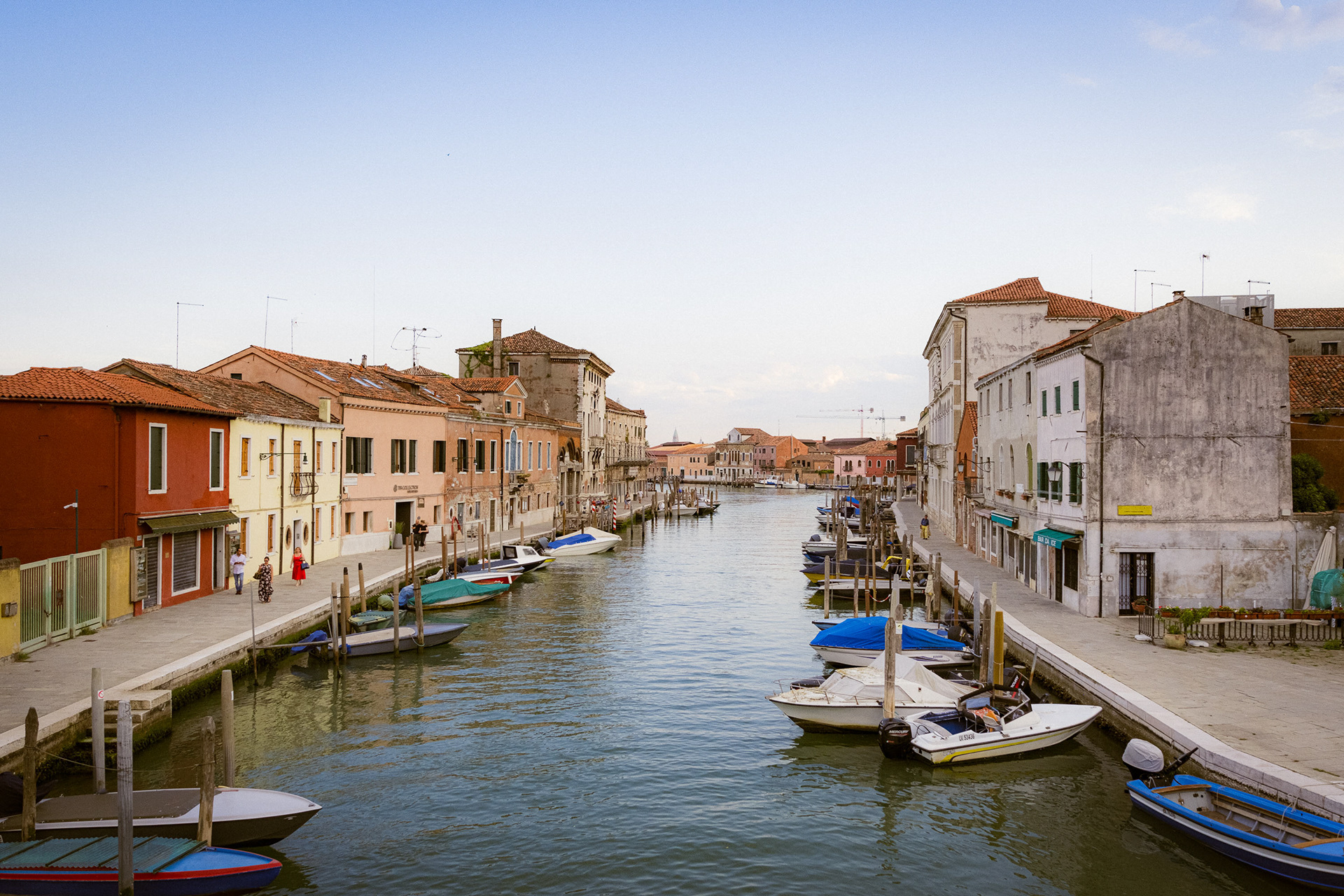
Murano, Italy. Houses and workshops along Fondamenta Navagero – 1/500 sec, f. 5.0, ISO 800 – 18mm
Lightness and freedom in motion
One of the most immediate strengths of the Sigma 10-18mm is its compactness. Its small size and low weight made it incredibly easy to carry, handle, and discreetly integrate into my workflow. Perle di Luce is a project that documents artisans at work inside their studios, while creating traditional Venetian glass beads. These spaces are often small, densely packed, and difficult to navigate — as is typical of many Venetian workshops. Working in such environments requires flexibility, speed, and above all, discretion. The Sigma 10-18mm allowed me to move fluidly between locations, adapting quickly to the constraints of each setting, whether I was inside a dimly lit atelier, crossing a crowded bridge, or exploring the narrow alleyways of the island.
On several occasions, especially when shooting at evening, I found myself heading out with just this lens, something unusual for me, as I generally prefer focal lengths between 35mm and 50mm. That choice says a lot: the Sigma 10-18mm quickly earned my trust, both in terms of usability and output quality.
Optical performance: precision meets atmosphere
Optically, the lens performs brilliantly. Sharpness is excellent, even wide open, which proved crucial in the often low-light environments of Murano’s workshops. Chromatic rendition is rich, balanced, and natural. This is very important in a project where the color of the glass beads and materials are part of the story itself.
Distortion and chromatic aberration are impressively well controlled, even when working with architectural elements and complex textures. This gave me confidence to shoot freely, composing the image as I intended it to be, as the need for heavy post-processing was almost absent, and allowing the images to stay close to what I saw and felt.
Distortion and chromatic aberration are impressively well controlled, even when working with architectural elements and complex textures. This gave me confidence to shoot freely, composing the image as I intended it to be, as the need for heavy post-processing was almost absent, and allowing the images to stay close to what I saw and felt.
Space as a narrative
Creatively, the wide perspective offered by the 10mm focal length allowed me to include more of the space without sacrificing intimacy. This was especially valuable when trying to place the artisan within their environment, showing not just the gesture, but the atmosphere—the tools, the walls, the shelves filled with colors and history. The lens helped build a visual dialogue between the human and the spatial, a dimension I consider essential in my storytelling and that was missing in my project, until now. It also brought a welcome contrast to the tighter, detail-focused images, offering rhythm and breadth to the overall visual sequence.
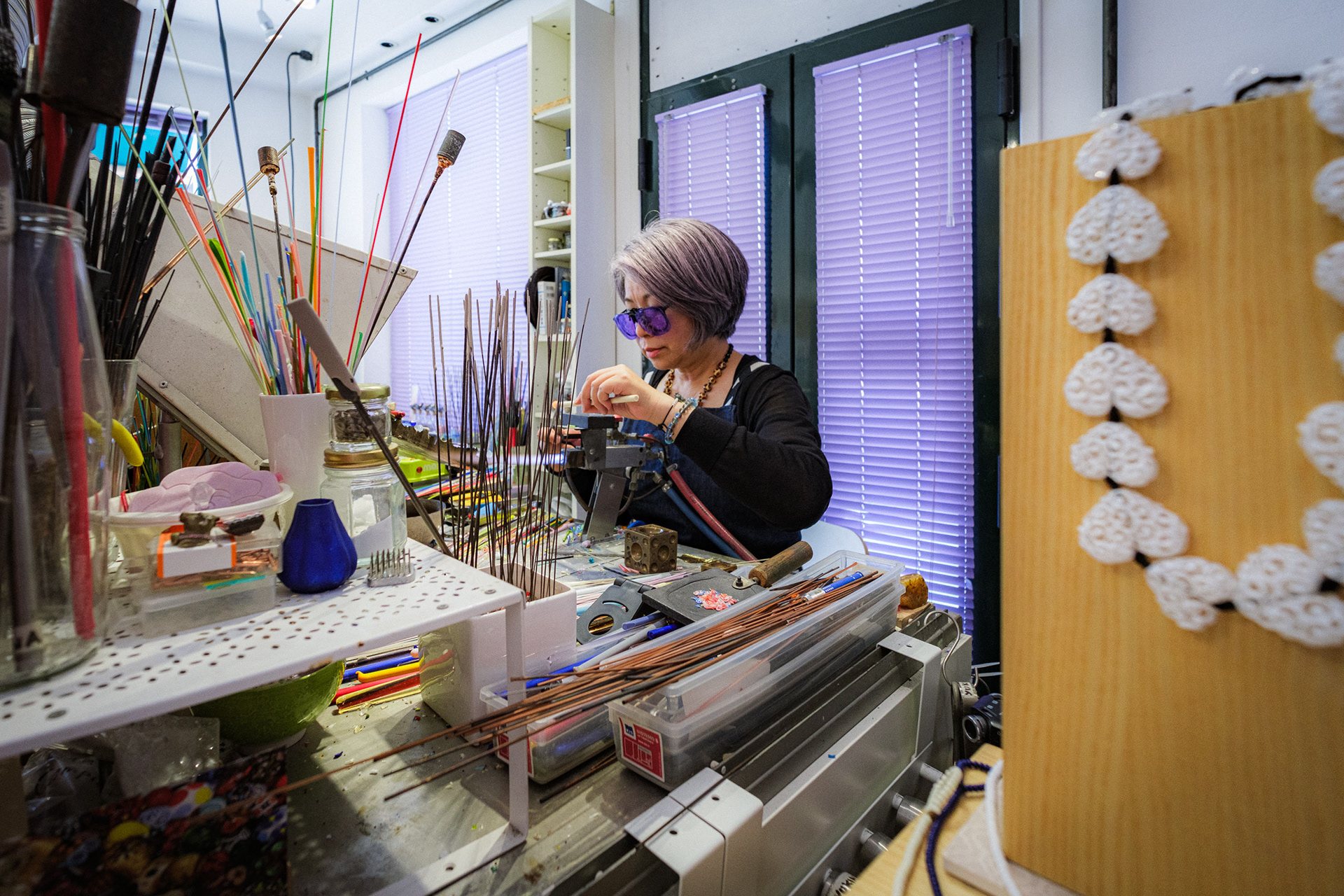
Murano, Italy. Yukina Fiorese works using the lampworking technique to create original glass beads – 1/250 sec, f. 3.2, ISO 1250 – 10 mm.
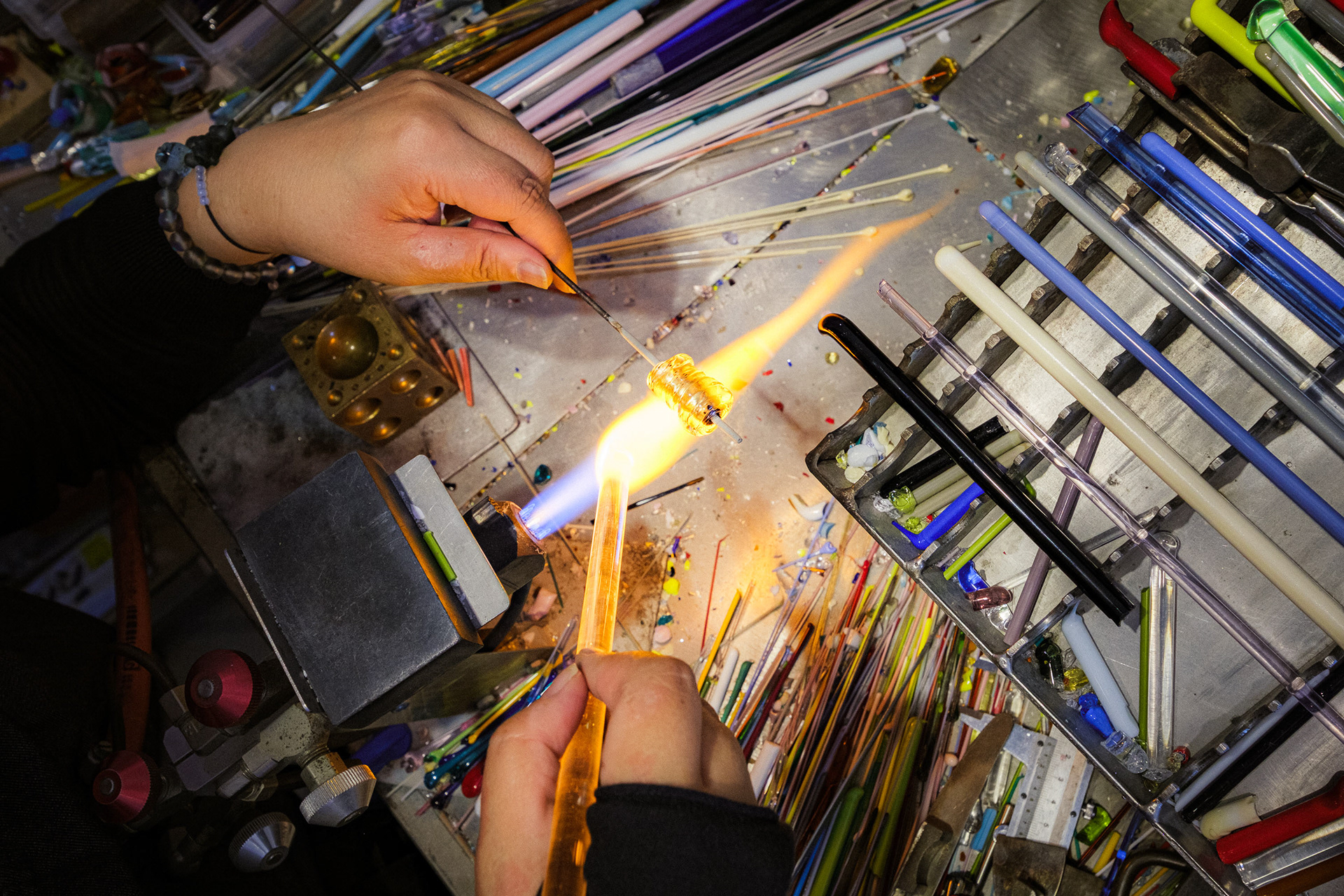
Detail of Yukina Fiorese working with fire and oxygen to create a venetian glass bead – 1/320 sec, f. 5.0, ISO 1250 – 18mm.
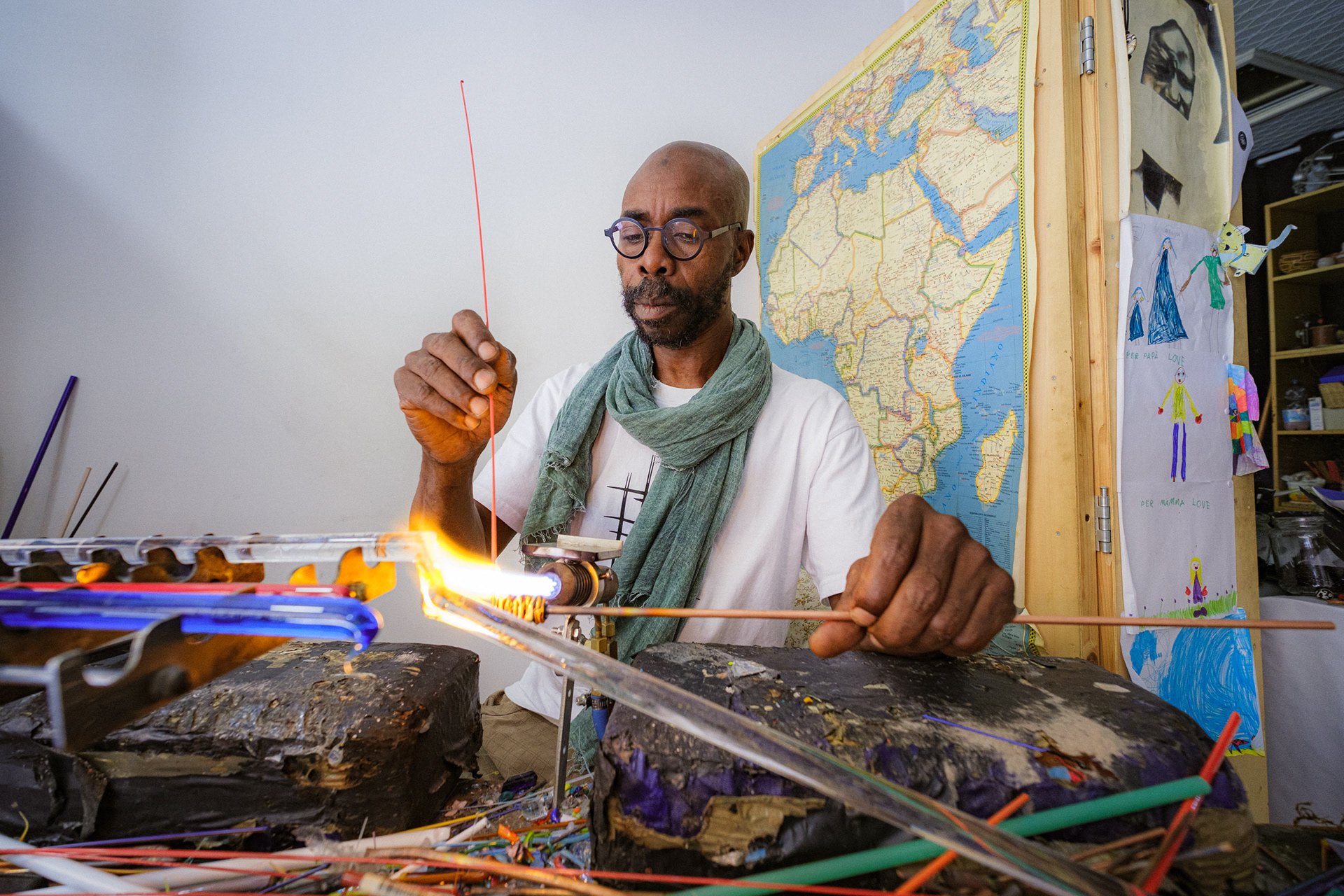
Moulaye Niang, a craftsman and artist originally from Senegal, moved to Venice to learn the secrets of glassmaking – 1/100 sec, f. 3.6, ISO 800 – 10 mm.
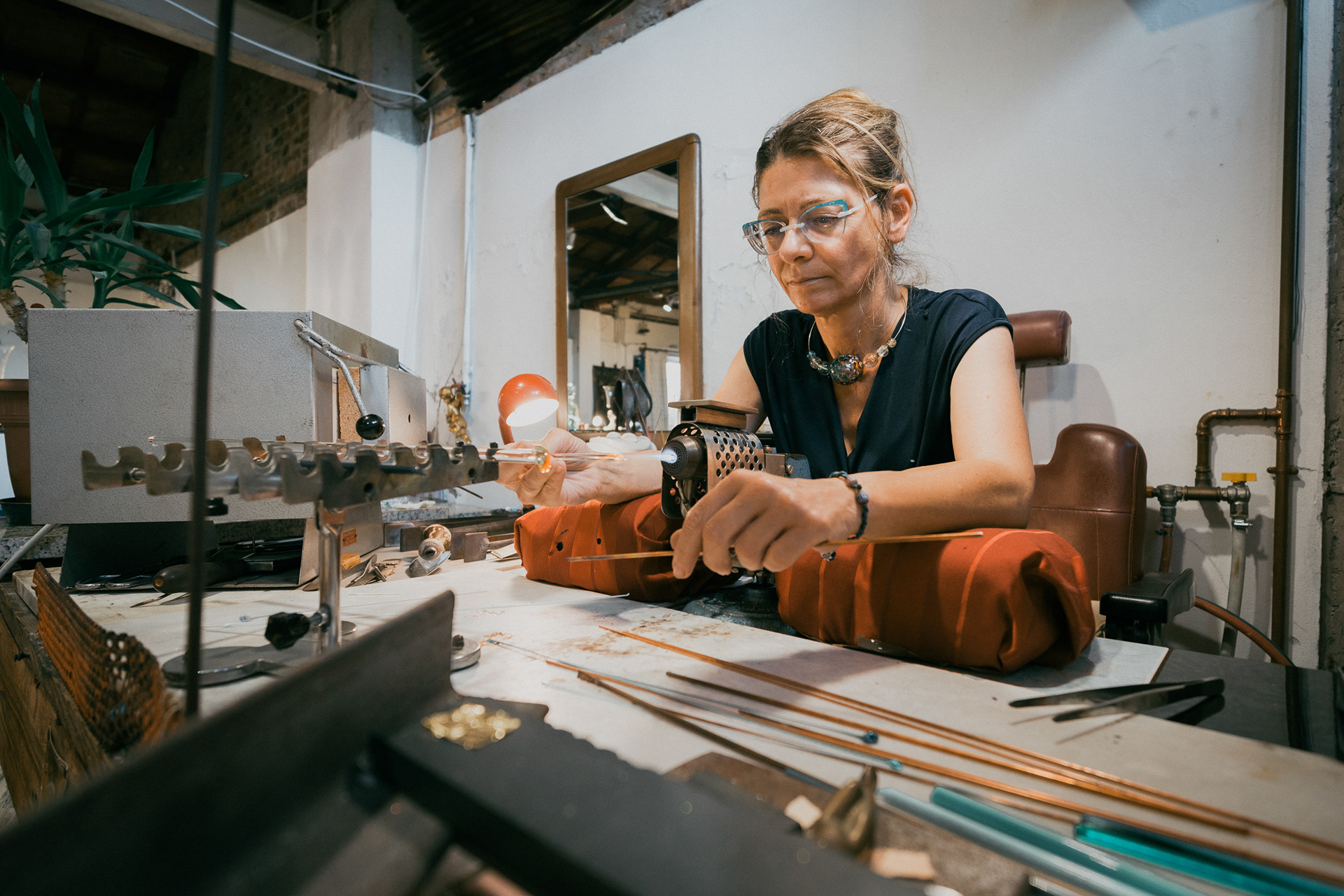
Muriel Balensi, a French-born craftswoman and artist, has lived in Murano for many years, creating large artistic beads – 1/250 sec, f. 2.8, ISO 800 – 12 mm.
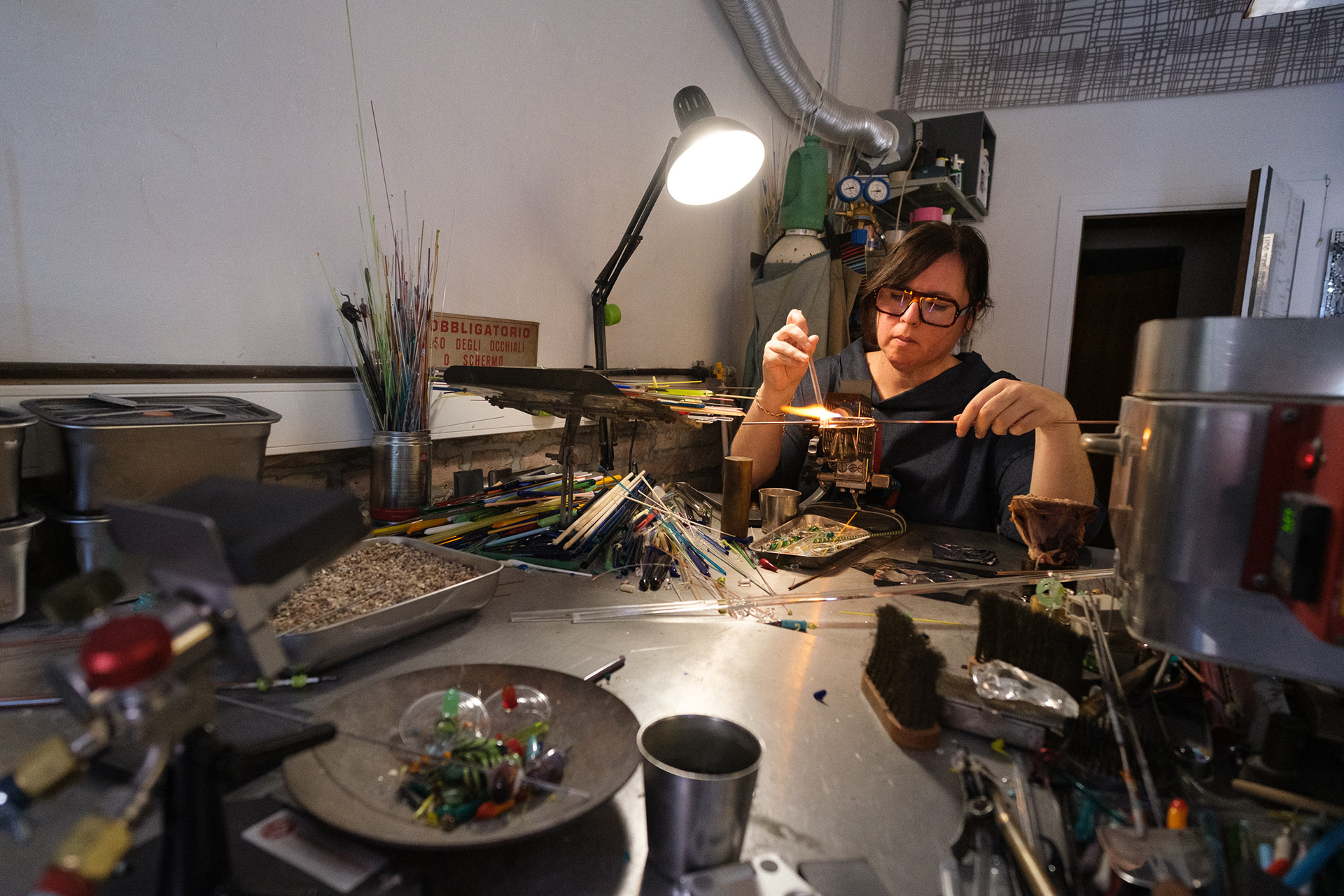
Alessia Fuga at work producing a special glass bead that will be integrated into a haute couture dress – 1/400, f. 2.8, ISO 3200 – 12 mm.

Venice, Italy. Portrait of artisan glass bead maker Alessandra Gardin, wearing didymium-lensed glasses, used to filter out yellow light due to the heating of glass – 1/50 sec, f. 8.0, ISO 3200 – 18mm
Ultra Wide Angles in Documentary Projects: a few tips
I usually work with focal lengths between 24 and 60 mm (full frame equivalent). That range feels natural to me: close enough to preserve intimacy, but versatile enough to adapt to most situations I encounter in the field, from a wide landscape to a portrait. Switching to an ultra wide-angle lens like the Sigma 10-18 mm was initially a challenge, but it quickly became a creative opportunity.
If you, like me, are more comfortable with standard focal lengths, here are a few practical tips that might help you integrate wider perspectives into your documentary work.
Get closer than you think you should. With ultra wide lenses, distance flattens impact. To preserve intimacy and tension in the image, you often need to be just a step or two from your subject. This proximity allows you to maintain emotional connection, while still revealing the surrounding context.
Pay attention to edges and corners. Wide lenses can easily catch unwanted elements or visual distractions. Or, on the contrary, they may give the impression that the image is too “empty” as large free spaces such as the sky, ceiling or floor of a room appear in the composition. Before releasing the shutter, scan the entire frame with your eye. Tilt, crouch, or shift your angle to organize the composition and lead the viewer’s eye. Ask yourself: “What is the main focus of this image?” And also “Is the main element visible enough?”.
Use geometry and lines to your advantage. Ultra wide lenses exaggerate perspective, so converging lines, floor patterns, beams, shelves, and windows can become visual anchors that give structure to the image and help direct attention toward your subject. We usually place the protagonist of our image in the centre of the frame. With ultra wide angle lenses, the elements in the centre of the image can be very small and barely visible. Try using lines and vanishing points to manage the spaces in the composition and direct the viewer's eye to the central element of the image.
Use composition as a storyteller: ultra-wide-angle lenses allow you to tell the context of a place, so you need to carefully manage the presence of the various elements: if there are too many unwanted disturbing elements (bins, cars, road signs) move away and find a better spot. Pay attention also to passers-by and in general to the scene that develops in the composition: avoid unwanted gestures, glances into the camera and any element that does not conform to your project or idea.
Think in terms of rhythm and variation. In a documentary or reportage project, wide images should not be used randomly, but with purpose. They can provide a sense of place, establish scale, or offer a break in visual tempo after a series of tighter frames. Used sparingly but intentionally, wide shots enrich the narrative and give the viewer a chance to breathe, or to look around, as if they were there with you.
Finally, borrow a little from cinema. In film, wide shots are often used as establishing shots: they introduce the scene, give a sense of place, and show us where the story is unfolding. After a moment of intense action or emotional tension, a wide shot can also serve another purpose: it lets us breathe. Literally. The audience exhales. The frame opens up, space returns, and we understand where we are again. The same logic applies in photography. In a sequence of tight, detail-rich images, inserting a carefully composed wide frame can slow down the rhythm and give the viewer a moment of clarity and orientation within the story.
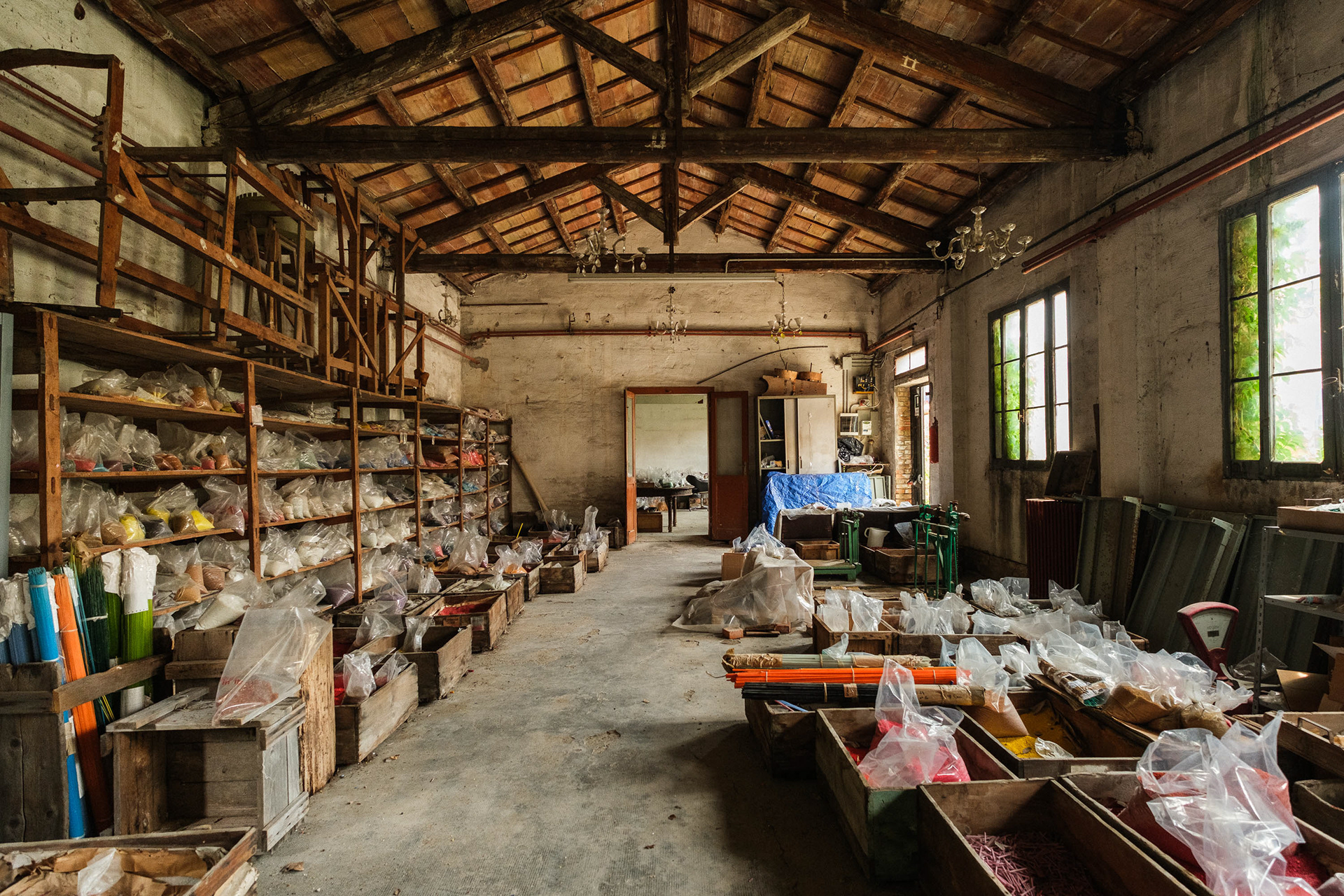
Murano, Italy. The corridors of an old bead factory now house the warehouse with the production of the past – 1/125 sec, f. 3.6, ISO 1250 – 12 mm.

Murano, Italy. Conteria glassbeads stored in ancient wooden crates, orignally used for shipping. 1/125 sec, f. 3.2, ISO 1250 – 17 mm.

Murano, Italy. Conteria glassbeads stored in ancient wooden crates, orignally used for shipping. 1/125 sec, f. 4.0, ISO 800 – 18 mm.
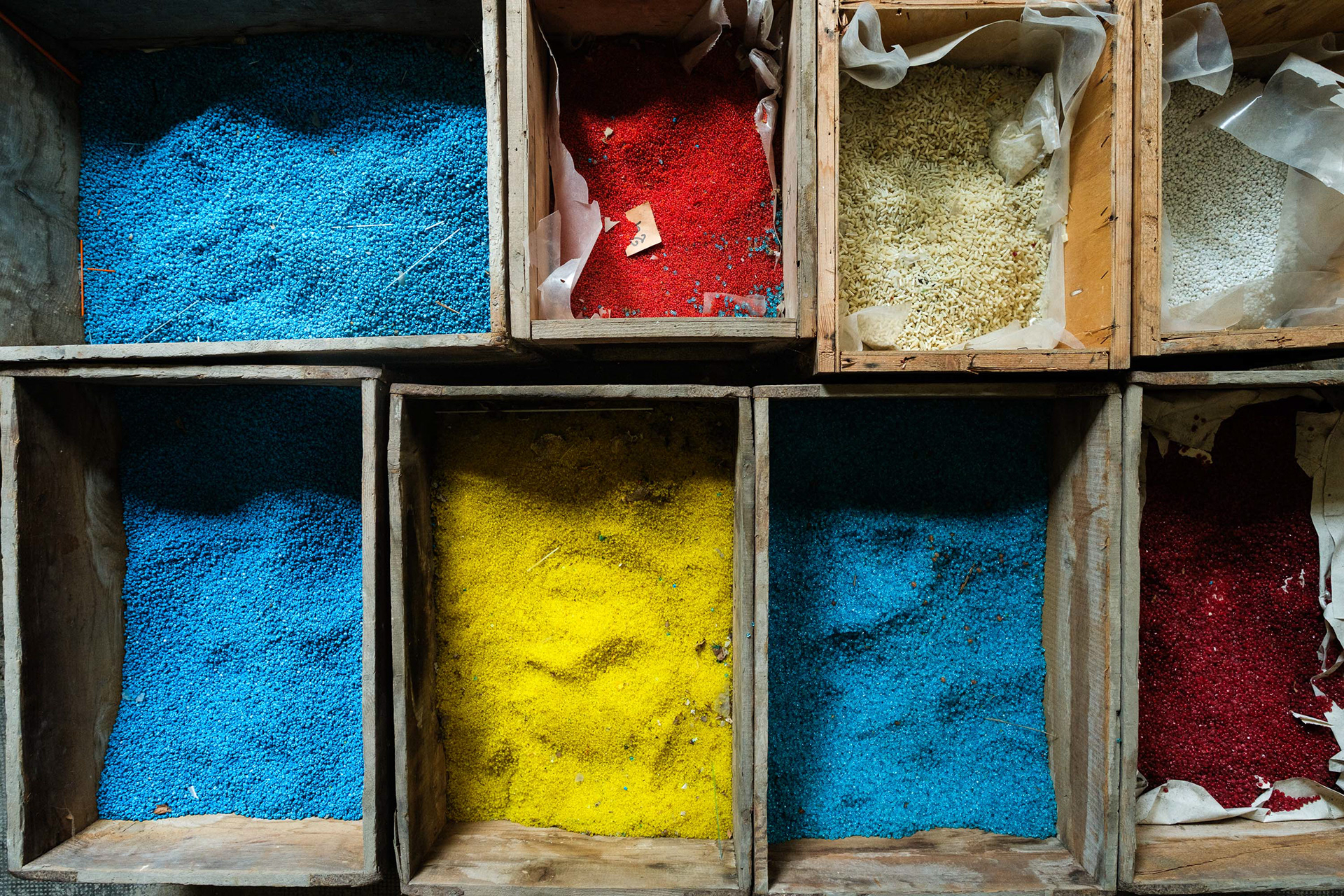
Murano, Italy. Conteria glassbeads stored in ancient wooden crates, orignally used for shipping. 1/125 sec, f. 3.2, ISO 800 – 12 mm.
A precious tool for a delicate story
The Sigma 10-18mm f/2.8 proved to be an extremely valuable tool, not only for its technical performance but for how it contributed to the visual and emotional tone of the project. In a work rooted in precision, cultural memory, and the beauty of detail, having an optical instrument that respects and enhances those values was a true asset.
To conclude, a few considerations that may help understand what this lens is recommended for and if you are in the market for it. I can say it is difficult to make a pro and con for this lens, which really offers many positive points and practically no negatives, except for having a plastic cover that offers no idea of solidity but certainly helps to lighten the weight of the kit.
PROs
- Compact and lightweight: perfect for travel and documentary work in tight spaces
- Weather and dust resistant
- Excellent optical performance: sharp even wide open, good color rendition and low distortion
- Very bright, thanks to the 2.8 aperture
- Close focusing distance: allows dynamic, immersive compositions
- Creative storytelling tool: great for establishing shots, environmental scenes, and visual rhythm
- Compact and lightweight: perfect for travel and documentary work in tight spaces
- Weather and dust resistant
- Excellent optical performance: sharp even wide open, good color rendition and low distortion
- Very bright, thanks to the 2.8 aperture
- Close focusing distance: allows dynamic, immersive compositions
- Creative storytelling tool: great for establishing shots, environmental scenes, and visual rhythm
CONs
- Plastic made body
- Lack of aperture ring: might impact ease of use for Fuji X shooters
- Steep learning curve: less intuitive for those used to 35–50 mm framing
- Plastic made body
- Lack of aperture ring: might impact ease of use for Fuji X shooters
- Steep learning curve: less intuitive for those used to 35–50 mm framing
Full specs and features available on Sigma website
Thank you again to Sigma for trusting and supporting my photographic project Perle di luce.
Following, a sample of images shot in various light conditions and scenarios, using Sigma 10-18 on a FUJIFILM X-T5.
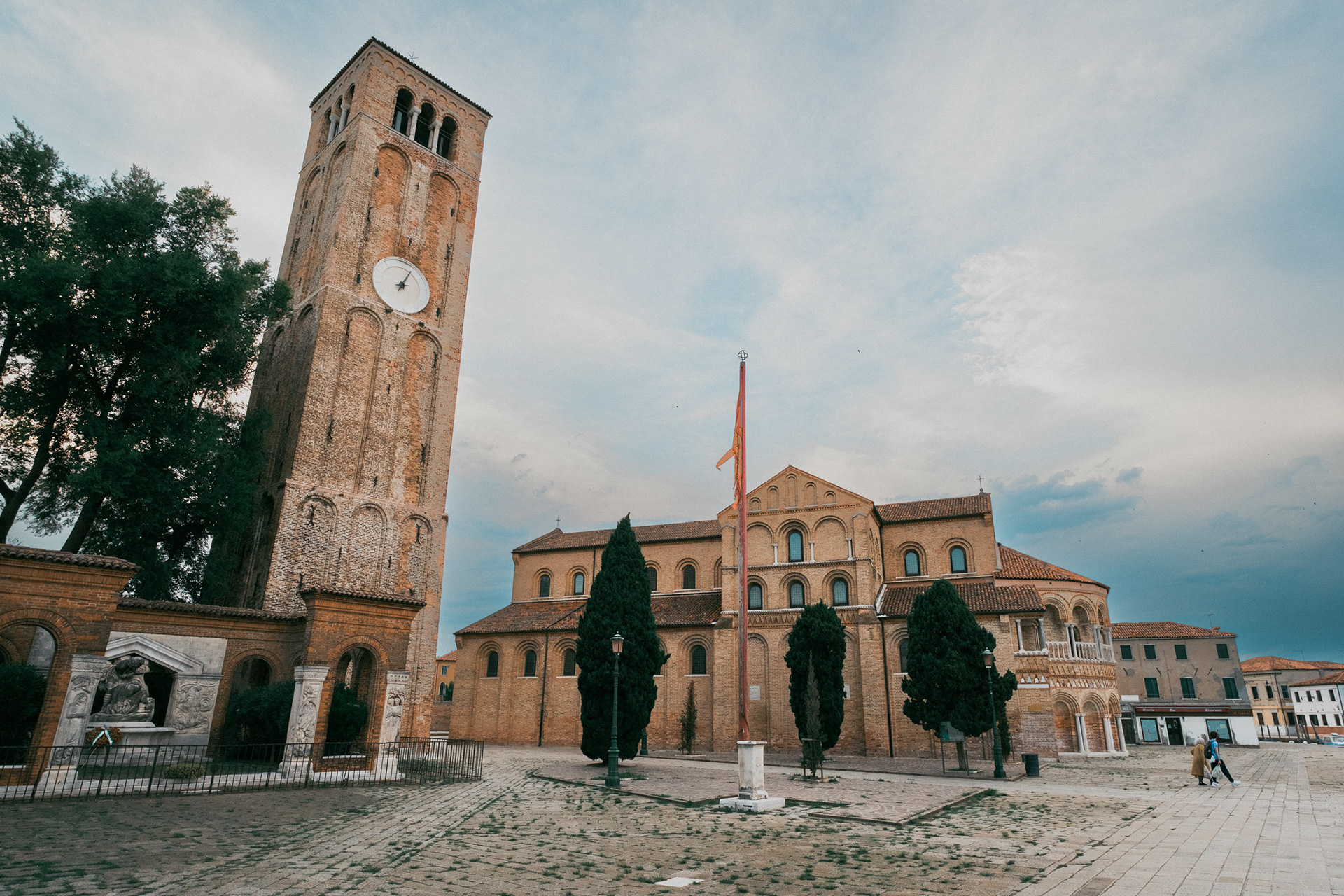
Murano, Italy. Basilica of Saints Mary and Donatus – 1/400 sec, f. 5.0, ISO 800 – 12 mm
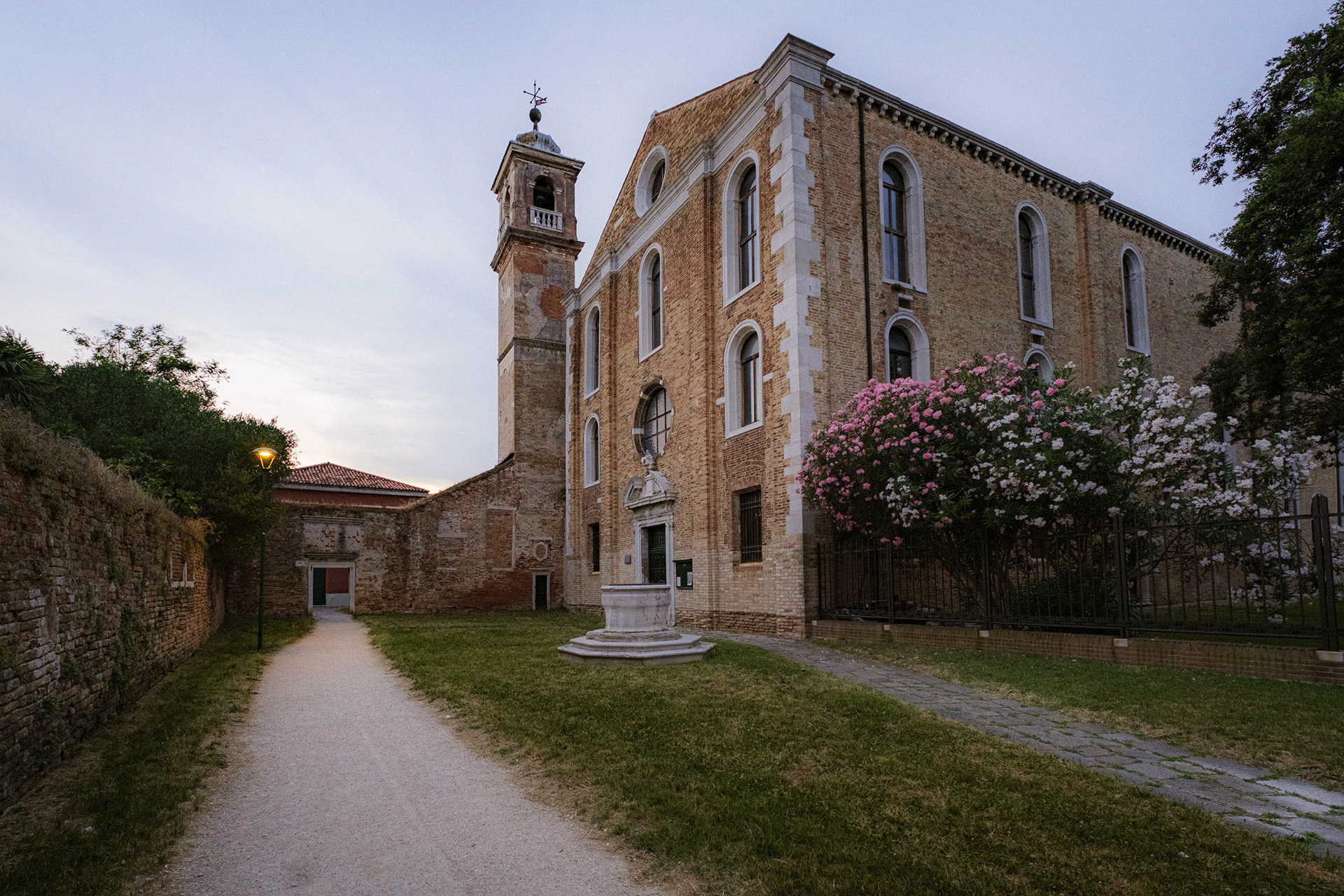
Murano, Italy. Church of Santa Maria degli Angeli – 1/80 sec, f. 5.0, ISO 1600 – 10 mm
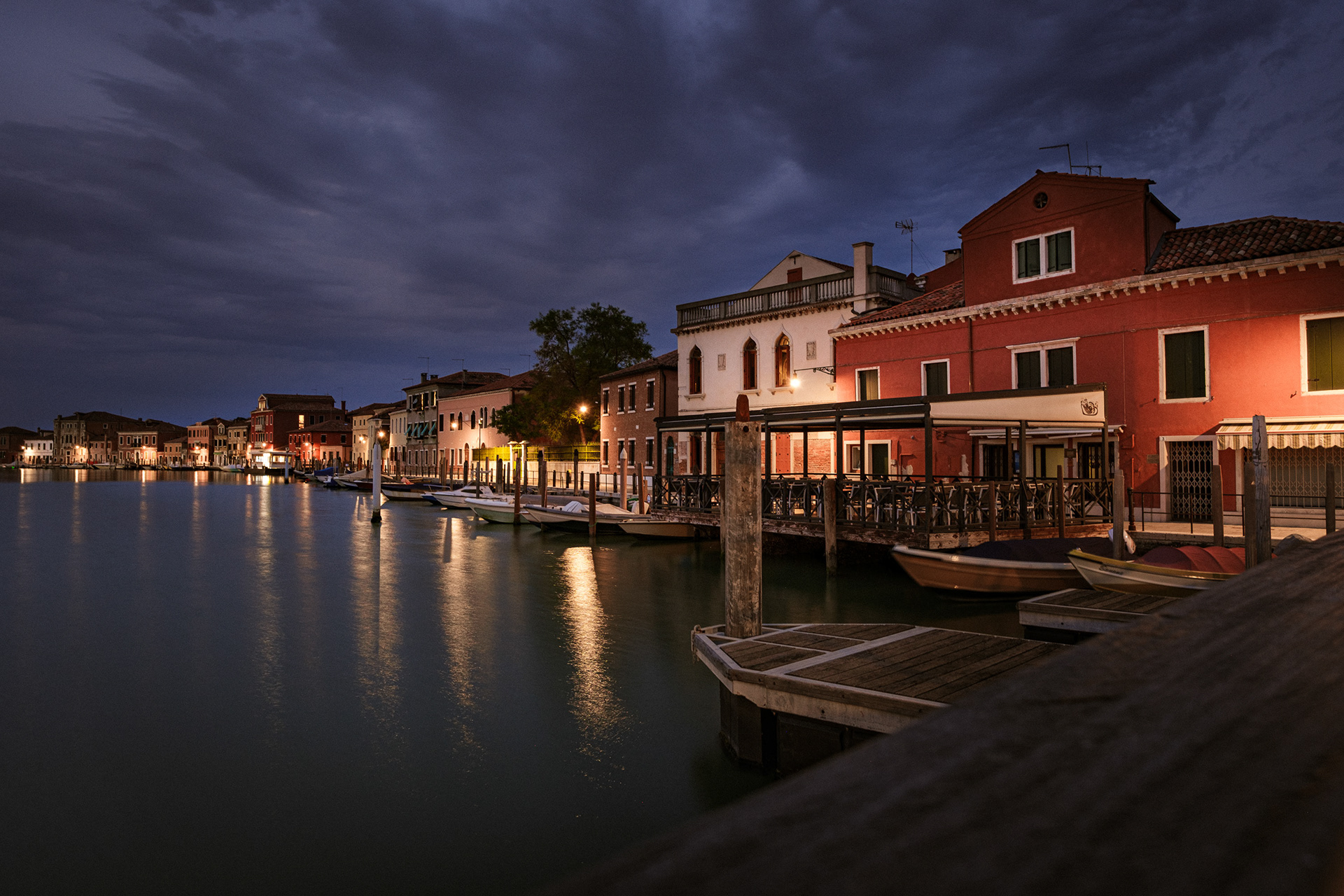
Murano, Italy. View of Fondamenta Venier – 3.0 sec, f. 4.5, ISO 125 – 13 mm
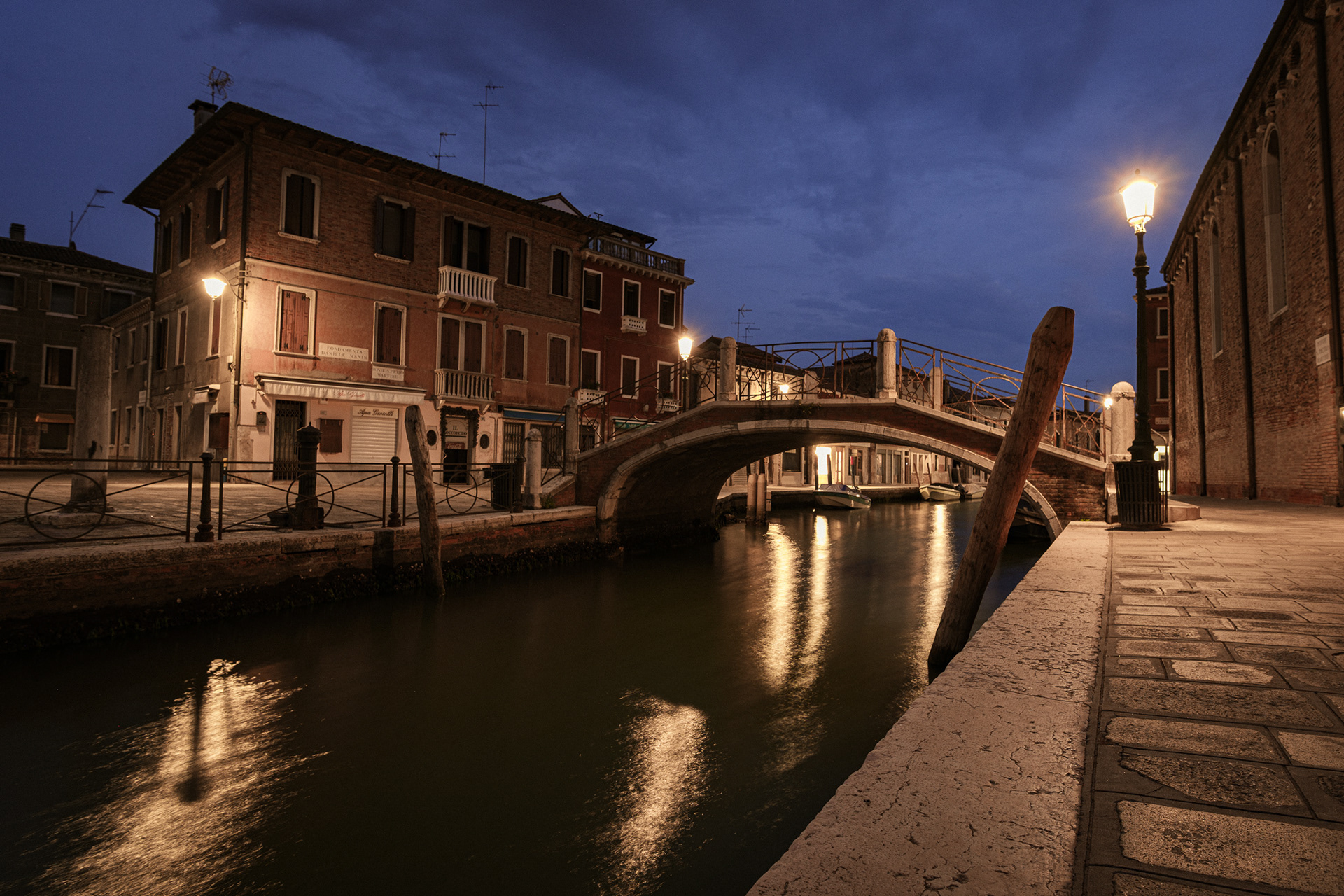
Murano, Italy. Bridge over Rio dei Vetrai – 5.0 sec, f. 4.5, ISO 125 – 13 mm
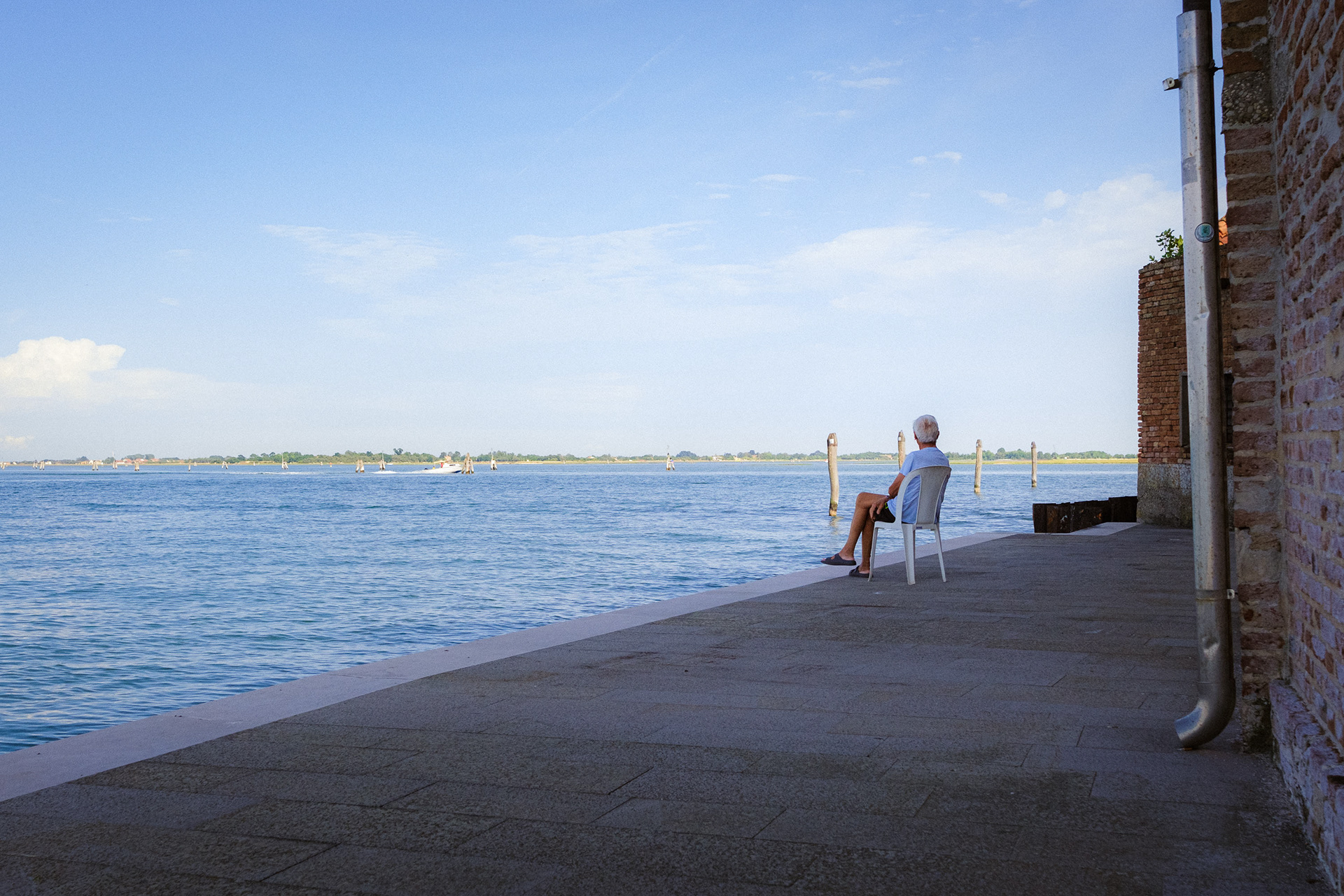
Murano, Italy. A moment of rest in the afternoon summer heat – 1/2500, f. 5.0, ISO 1600 – 18 mm
